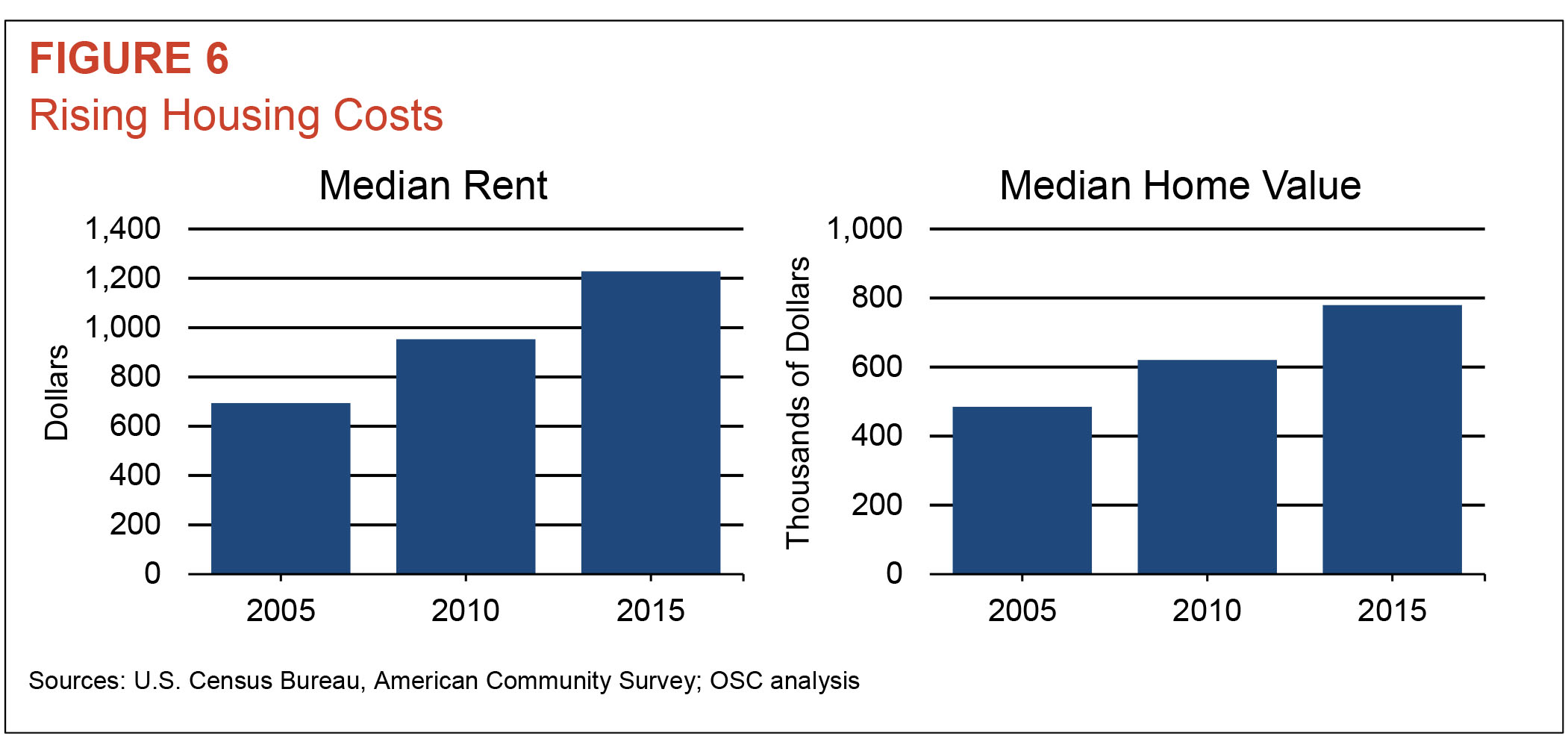Real Estate
Major Findings from Comptroller’s Report on Bed-Stuy

The number of jobs in Bedford-Stuyvesant increased by 45 percent since the end of the recession in 2009 to a record 17,000 jobs in 2016. The retail trade and the leisure and hospitality sectors registered the largest job gains, with each sector accounting for about one-fifth of the 5,300 jobs added since 2009. Job growth has accelerated since 2010 and has exceeded 7 percent in each of the past four years.
The number of businesses increased by 73 percent between 2000 and 2015, which was the fourth-fastest rate of growth among the 55 neighborhoods in New York City. In 2015, there were a record 1,910 businesses and almost three-quarters were small businesses with fewer than five employees.
The population increased by 25 percent between 2000 and 2015 to 150,900, more than three times faster than the citywide rate of growth. The ethnic and racial mix of the population has undergone significant change in the past 15 years as the neighborhood has attracted new residents.
Many of the new residents are immigrants, white or young, and are likely to have higher household incomes than long-term residents. New residents had a median household income of $50,200, compared to $28,000 for long-term residents. New residents comprised one-third of the households.
There were 14,000 senior residents living in Bedford-Stuyvesant in 2015. Their household incomes were only $25,500, and 42 percent of them relied on the federal Supplemental Nutrition Assistance Program for food assistance.
The number of residents under age 18 (43,900) grew by 27 percent between 2010 and 2015, more than three times faster than the rest of the population. This segment of the population accounted for 29 percent of Bedford-Stuyvesant’s population, the third-highest concentration among the city’s 55 census-defined neighborhoods.
Housing affordability is a serious problem, even though nearly two-thirds of all apartments are either rent-stabilized or public housing. The median monthly rent increased by 77 percent between 2005 and 2015, rising to $1,230. In 2015, 55 percent of all households spent at least 30 percent of their income on rent and nearly one-third devoted more than half.
Median home values (for one-, two- and three-family homes and condominiums) have risen sharply in recent years, from $484,800 in 2005 to $779,400 in 2015. The 61 percent increase was nearly twice as fast as the growth in Brooklyn overall.
Residents suffer from above-average incidences of chronic health problems. According to the New York City Department of Health, of the 59 community districts in New York City, Bedford-Stuyvesant ranks in the top 10 for smoking, diabetes, new HIV diagnoses, obesity, stroke, mental health, alcohol hospitalizations and adult hospitalizations for asthma. The average time patients waited in the emergency room before being seen for a diagnostic evaluation by a health care professional at area hospitals was higher than the statewide average.
Other findings in DiNapoli’s report include:
- The share of households living in poverty has hovered at about 30 percent since the end of the recession, significantly higher than the citywide poverty rate (19 percent). Moreover, the number of households in poverty increased by 13 percent from 13,800 in 2009 to 15,600 in 2015.
- One-third of all households receive Supplemental Nutrition Assistance Program (SNAP) benefits and nearly half receive Medicaid benefits. These programs are at risk of federal budget cuts.
- In 2015, less than one-fifth of long-term residents had at least a bachelor’s degree, compared with 46 percent of new residents.
- More than 20,400 people live in public housing apartments under the control of the New York City Housing Authority, the highest number in any community district in Brooklyn.
- Violent crime fell by 44 percent between 2000 and 2016, but crime remains a concern.
- School District 16, which covers most of the neighborhood, has one of the highest concentrations of homeless students in New York City.
- Traditional elementary and middle schools have shown notable improvement in English and math proficiency, but they still lag behind the citywide averages.
Read the report or go to: http://osc.state.ny.us/osdc/rpt5-2018.pdf
For access to state and local government spending, public authority financial data and information on 130,000 state contracts, visit Open Book New York. The easy-to-use Web site was created to promote transparency in government and provide taxpayers with better access to financial data.

